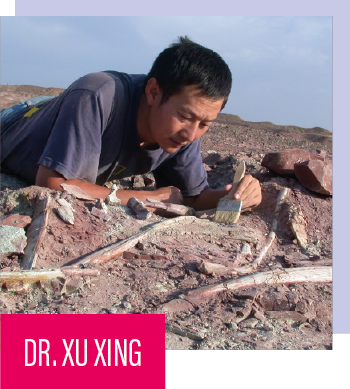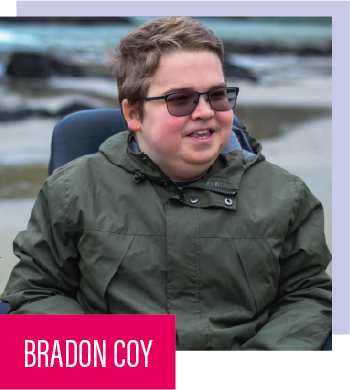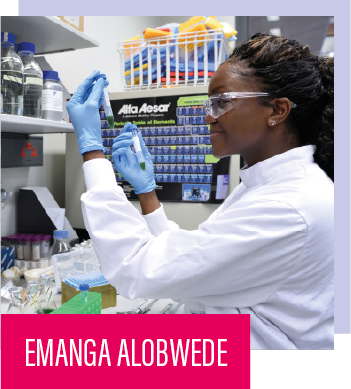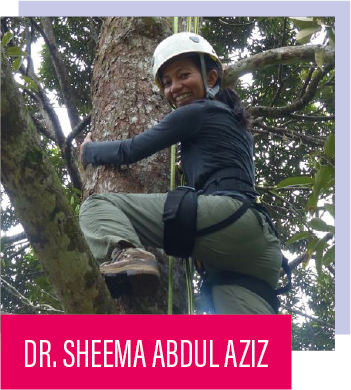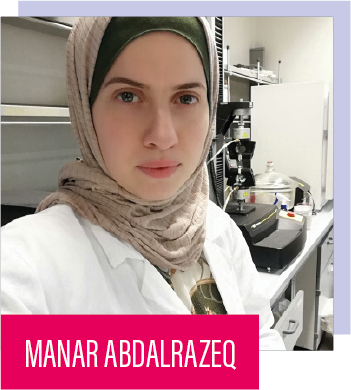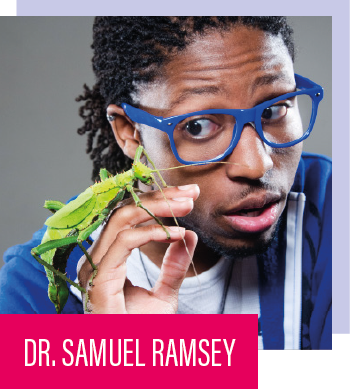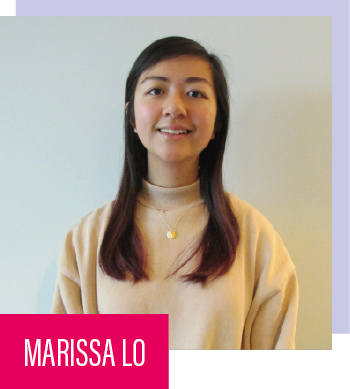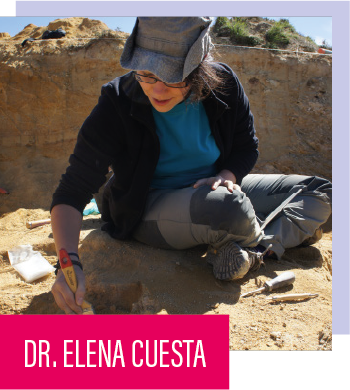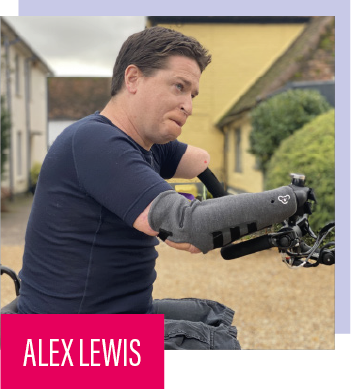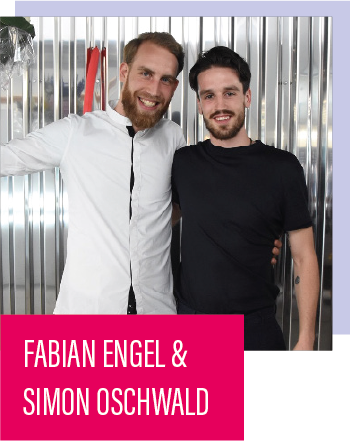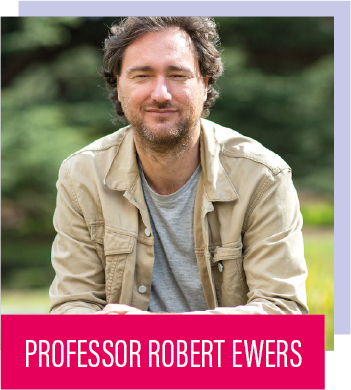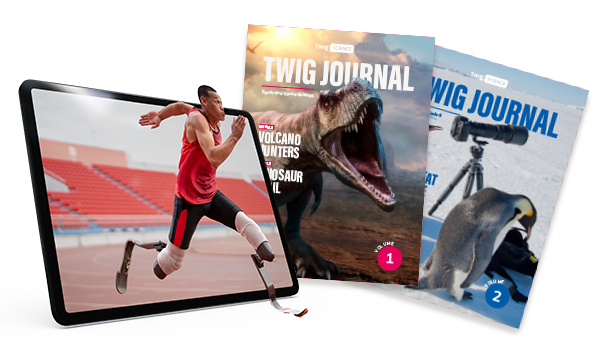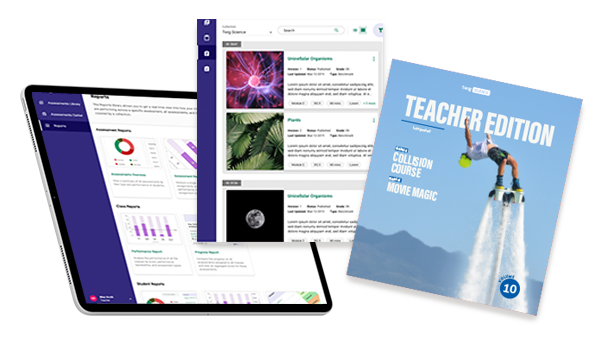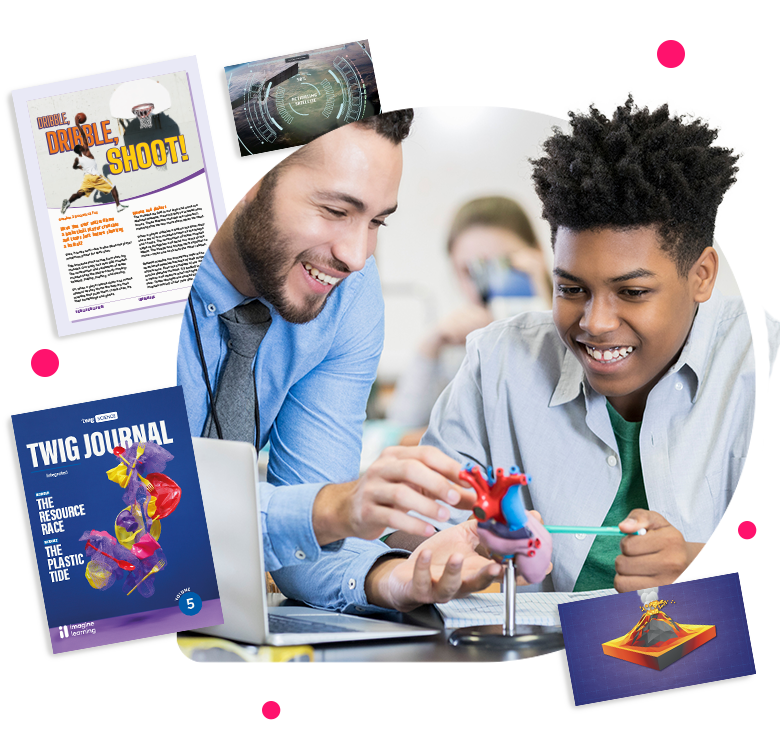
Twig Science
Middle School
Discover the investigative-based, NGSS-aligned science curriculum for middle school that uses multimodal, phenomena-based experiences to reflect real-world scientific, engineering, and related trade careers.
Discover Twig Science for Grades Pre-K–8
Get Students Thinking like Real-Life Scientists and Engineers
How do we engage students with science? By bringing every lesson to life with captivating STEM storylines that hit middle school NGSS Performance Expectations.
With Twig Science, students can assess volcanic threats, devise strategies to save turtles, or step back in time to analyze fossils — making NGSS middle school science an active, story-driven journey. By giving students a glimpse into what it’s like to be a STEM professional, they take one step closer to becoming adept problem solvers and critical thinkers.
Multimedia Tools for Investigating Real-World Phenomena
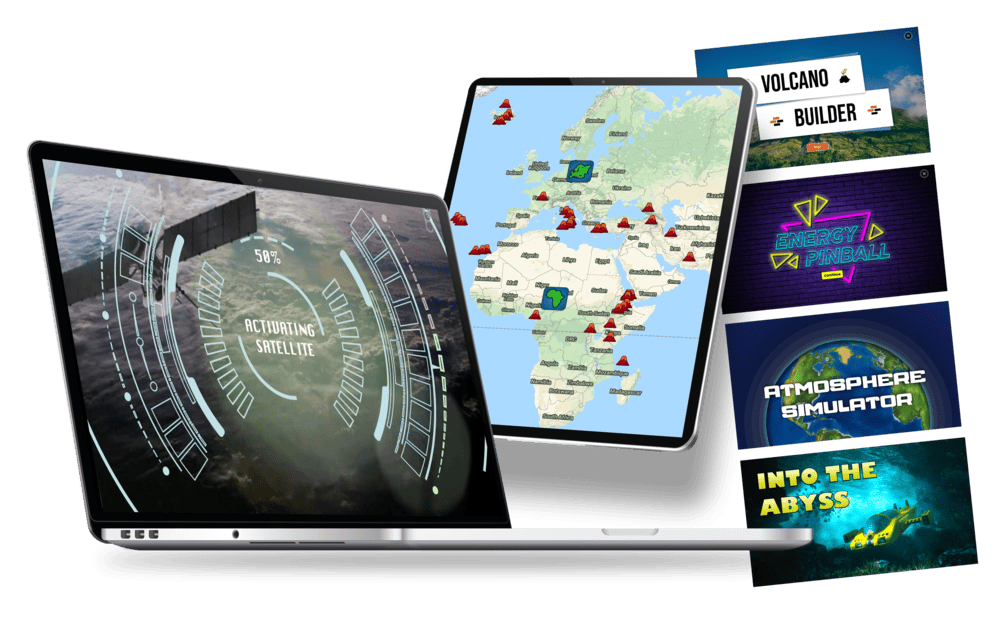
Science comes to life with high-quality, exciting interactive experiences
Theater-quality video labs allow students to participate in laboratory experiments led by a real-life scientist, students shadow STEM professionals on virtual field trips from around the world, and authentic simulations show what phenomena looks like in action.
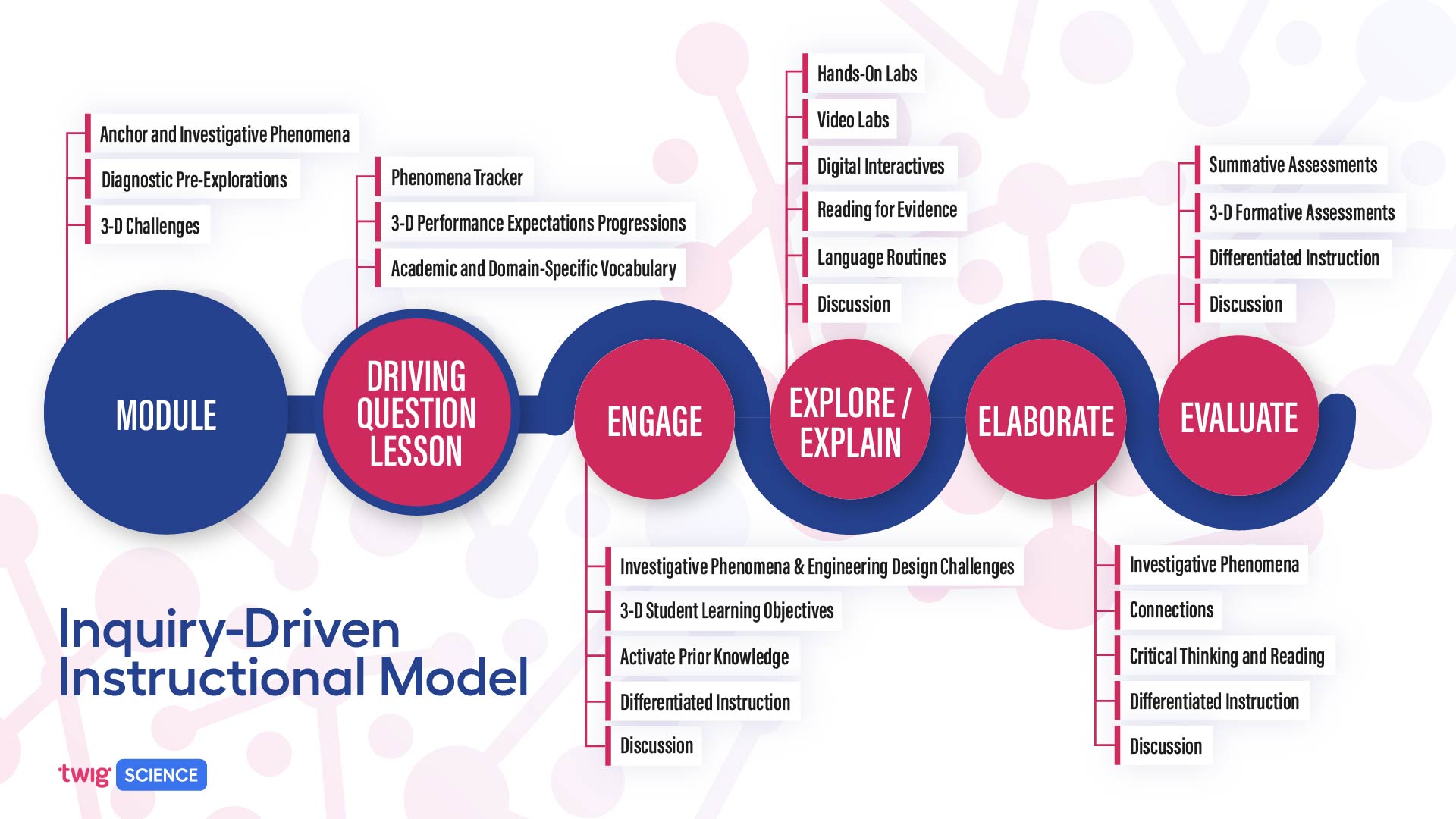
Click to enlarge
Expertly Designed to Engage
Twig Science follows a unique, inquiry-driven instructional model and a 5E lesson design that keeps students engaged and motivated to unravel phenomena through active learning.
By following the 5Es instructional model in every lesson of each module, students construct, demonstrate, and reflect on their understanding of the three dimensions of the module Performance Expectations. Each phase of the 5Es instructional model is the basis for one or more sessions of a lesson.
Reliable Assessment for Every Student
Developed alongside world-leading STEM experts from SCALE Science at WestEd, the Twig Science assessment system evaluates student attainment of 3-D Performance Expectations and prepares students for state testing.
We know that diverse assessment captures a better understanding of student knowledge and skills — that’s why Twig Science uses a variety of assessment methods to measure student performance.
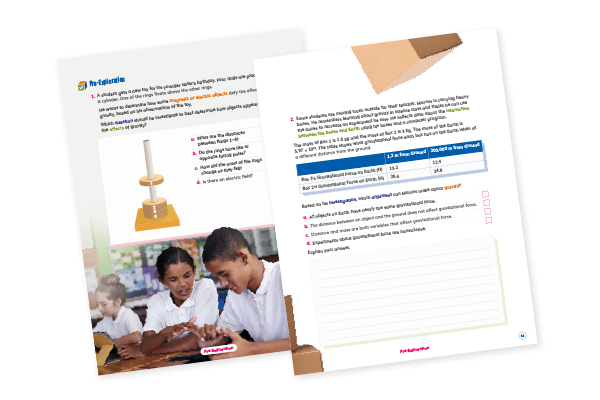
Pre-Exploration (Diagnostic Pre-Assessement)
Identify preconceptions and misconceptions that students will address during the module.
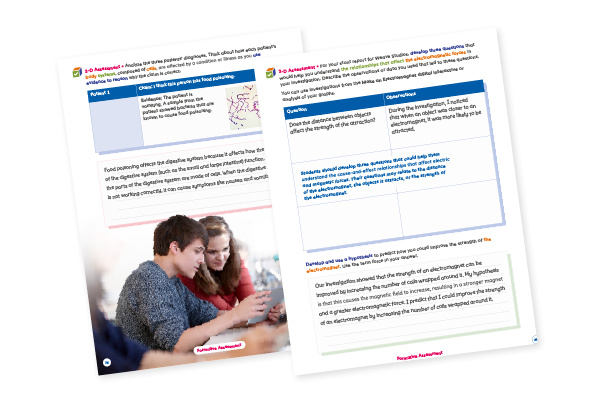
Formative Assessment
Ongoing lesson/session assessment reveals student knowledge, reflection, and use of the three dimensions to meet learning objectives.
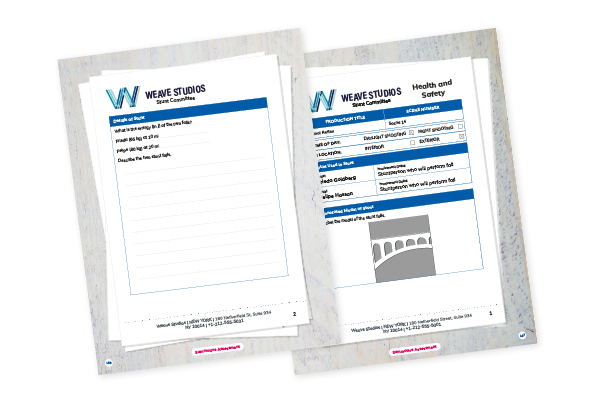
Summative Performance Tasks
Measure student achievement of Performance Expectations through high-engagement tasks. Student and teacher rubrics are provided to establish expectations and provide support.
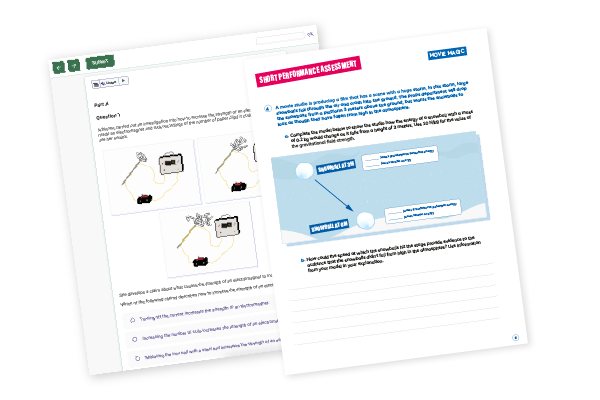
Summative Benchmark Assessments
Prepare for state testing with Benchmark Assessments that challenge students to apply three-dimensional understanding to new contexts in performance assessments.
